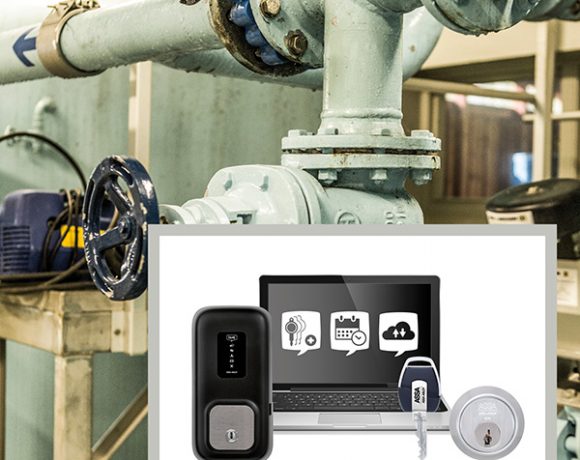Perimeter protection – More than meets the eye

Perimeter protection is essential in critical infrastructures such as airports or utilities. Video analytics can greatly improve security in such environments while at the same time lowering costs and network strain.
286 perimeter breaches in ten years – this was the result of an Associated Press investigation on the busiest 31 airports in the United States. These incidents happened despite the fact that after the September 11 attacks, US airports had invested hundreds of millions of dollars to upgrade their perimeter fencing. They basically prove two things: First, it is anything but easy to protect large areas, and second, it is not enough to build seven-foot high fences with barbed wire on top to keep intruders out. What is true for airports also applies to any other critical infrastructure, be it a utility, a power plant, a refinery or a pipeline. And although public safety may not at risk here, the manufacturing industry has a strong interest to protect physical assets and intellectual property.
While a fence and security guards may be an appropriate solution for lower risk environments, critical infrastructures need more than that. Network video surveillance has the highest potential to drastically increase perimeter security. The most obvious advantage being image quality. In today’s video surveillance applications there is an ever increasing demand for more detail. However, the industry does rely too heavily on higher resolution and consequently more detail. More details and thus pixels means more data, which in turn means more storage capacity and a higher network load. Although highly detailed images make it easy to distinguish individuals or minor details, we need to find ways to reduce storage requirements and network strain. But that is not all. The number of cameras being deployed in the market place is also rapidly increasing. Even if storage requirements and network strain are reduced significantly we still face an enormous amount of data. This leaves us with the manageability and accessibility of video data.
Manageability and accessibility of video data
At the end of the day, security personnel or operators want to be alerted instantly when suspicious events are detected. Built-in video analytics from Bosch analyze real-time images continuously to instantly detect suspicious events and alert when needed once predefined alarms are triggered. This helps operators and security personnel to spend more time on other tasks, and respond only to important events. In case an event did occur operators or security personnel want to browse stored video data to find irrefutable forensic evidence. If time and place are exactly known, this is quite easily done as the videos carry timestamps. But if you want to figure out and understand the escape route of a perpetrator on the basis of multiple cameras’ recordings, your ability to do so quickly will be limited by the sheer amount of data.
Considering this, it would be helpful if network video cameras understand what they see. In other words when they add “sense and structure” to video data in order to keep video data manageable and easy accessible. Built-in video analytics from Bosch does all this for you and much more. For mission critical applications like the perimeter protection of airports, critical infrastructures and government buildings as well as border patrol and traffic monitoring, we offer built-in Intelligent Video Analytics. Small and medium businesses, large retail stores, commercial buildings and warehouses can for example make use of our built-in Essential Video Analytics for advanced intrusion detection, enforcing health & safety regulations, and business analytics like crowd density information and people counting.
Intelligence at the edge
Bosch ensures the highest quality and reliability of video analytics by putting it at the edge. That’s why every single network camera with either Intelligent Video Analytics or Essential Video Analytics can operate independently without the need for a central analytics server – so no single point of failure. This is called distributed or decentralized intelligence. If one camera or encoder fails, the rest of the system remains at full performance. Expanding the system is therefore also easy. Network strain and storage requirements can be reduced by only streaming what is needed, since the analysis is done in the camera. With intelligence at the edge, our focus is to significantly enhance system robustness and flexibility while reducing costs.
Alerting only when needed
Network cameras with built-in video analytics can be configured to automatically identify alert conditions such as persons approaching or attempting to climb over fences, reliably differentiating between humans and the proverbial cat that flits through the image. Alert conditions can also include objects crossing one or more predefined lines, following a defined line of movement or changing their speed (running), shape (crouching) or aspect ratio (falling). Camera-based, real-time processing can also be used to issue loitering alarms and perform left object detection, giving the security team the information it needs to react and take action quickly. Automatically tracking moving objects of interest can help to verify or disprove alarms, alerting the security operator as appropriate. Such tracking can be initiated by a simple click or automatically when predefined alarm rules are met. Once integrated with intrusion detection systems or access control at the gates, intelligent video can also be used to automatically verify alarms from these systems or to double-check the identity of an individual presenting her or his credentials at the gate.




















